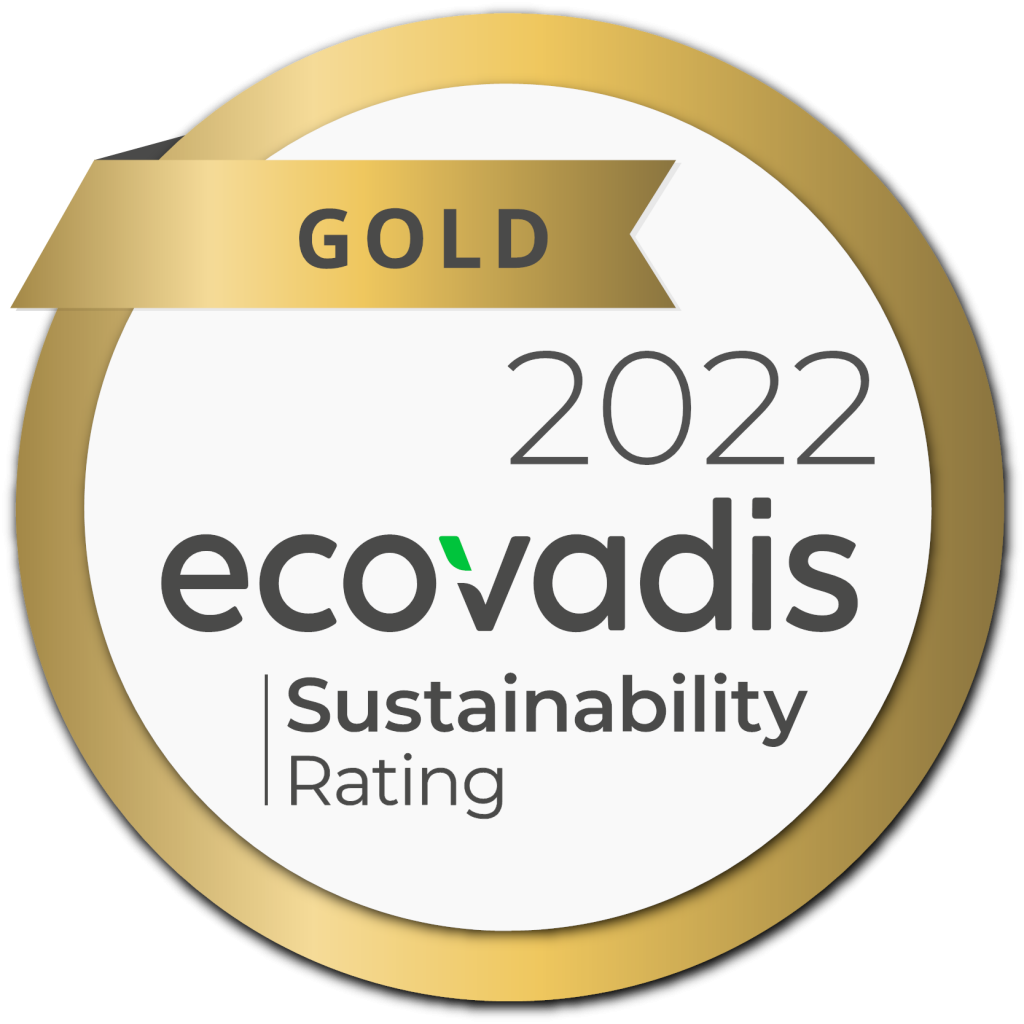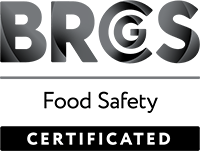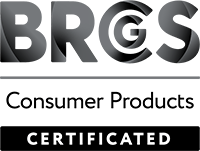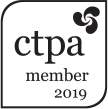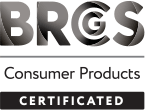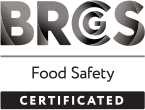What is a consumer trend in the beauty and personal care industry? More critically, how can suppliers and manufacturers make use of these insights when developing products that will resonate with consumers, make your product line-up relevant, and ultimately impact on your company’s profitability?
When unpacking these issues is clear that while beauty ideals and values are becoming more inclusive, there are still very definite ideals across different nations, cultures, and age groups. To stay on top of new trends, beauty brands must engage consumers on their different touch points. This, a report by Ipsos says, requires creating digital content including user-generated insights and engaging key opinion leaders for input.1
In its WTF (What the Future) Beauty issue, Ipsos also explores several market forces that will in time, create seismic shifts in the cosmetic and personal care industries. The world is incredibly diverse, and people are pushing for an expanded idea of beauty to embrace and celebrate our differences.2
The notion of one idealised sense of beauty and beauty products is starting to seem very antiquated. This is very true when looking at younger consumers who are more accepting of fluid genders3 for instance – and who view these trends and developments as non-issues.
While the younger generation is quicker to embrace innovative ideas it will take time for older consumers to embrace these new systems and it is up to brands owners and new product developers to focus on launching products that will speak to all!
Embracing disruption
In the beauty and personal care products industry, embracing disruption means our research and development teams must be flexible and know how to read the next trends, whether long or fleeting, with enough agility to develop products in line with these new requirements. Here companies that track consumer insights can assist brand owners on consumer and design trends for brands to develop the right products, at the right time.5
In the past, new trends were pretty one dimensional, but the proliferation of social media, bloggers, vloggers, and insta-influencers means that our very definition of beauty has changed. To move in time with these contemporary trends means that, as a brand, you have so stay focused, put in the effort, and do your research.
While historically, women were the driving force in both the cosmetics and beauty industry, the playing field is being levelled with all sectors becoming relevant. The hardcore definition of beauty is becoming more fluid and a lot more self-defined. People feel more in control of what they want to be, and how to achieve that.6
While women have a vested interest in cosmetics, men and the unisex product development will continue to grow, and it is up to brand owners and manufacturers to develop new products in line with these target markets. This is true for growth in K-beauty (Korean Beauty) too and how that country’s beauty ideals are being adopted in other countries.
Body diversity advocates are also challenging the past narrow narrative of what beauty is. Body diversity can be profitable too. If you celebrate people, they are going to want to buy into that product! Just think of the Dove Soap Body Positivity campaign. Increasingly we are seeing an industry where all sexes are empowered and celebrate the autonomy over their appearance.7
As Oscar Yuan, the president of Ipsos Strategy3 says. “The foundational question is: Will beauty continue to be in the eye of the beholder, or will beauty be something that we each get to define and own ourselves.”
The future of beauty trends and its impact on formulations hinges on changes to technology, ingredients, and definitions as the concept of beauty becomes broader and more inclusive. For more information on how the Kerfoot team can help you stay on top of the latest trends, please contact our team now.
References:
2,3,4,7 What-The-Future-Beauty.pdf
5,6 Cosmetics industry trends and marketing techniques | Apviz.io

